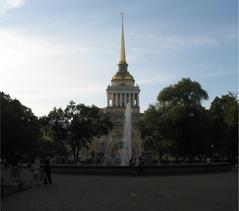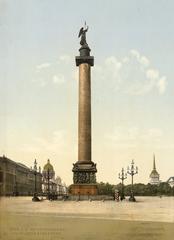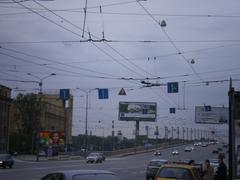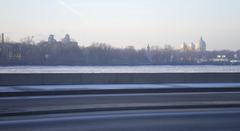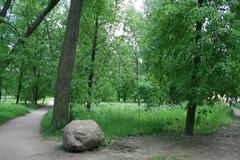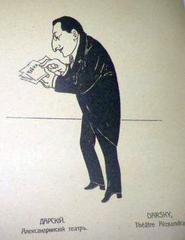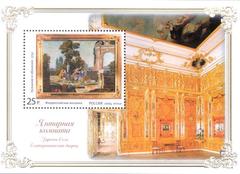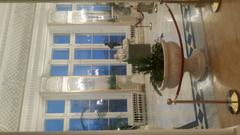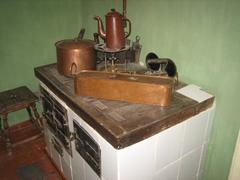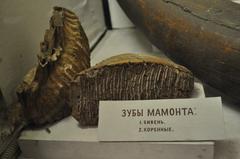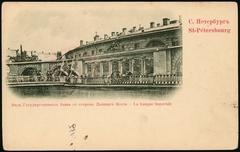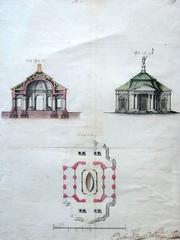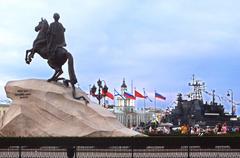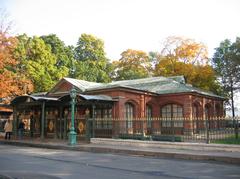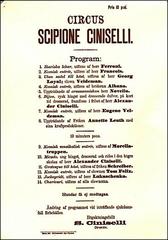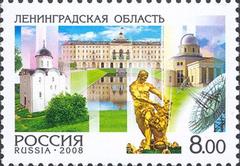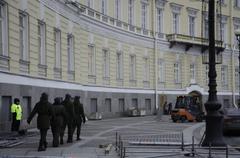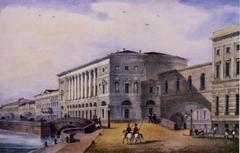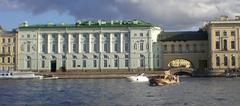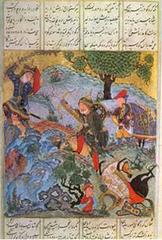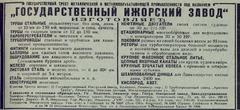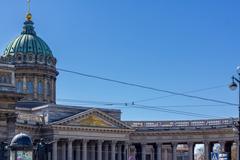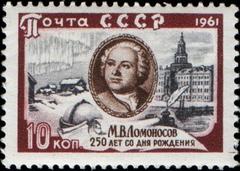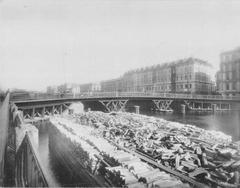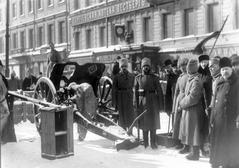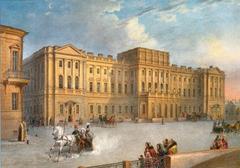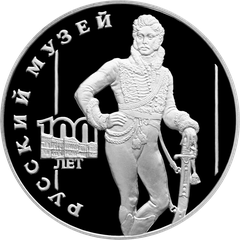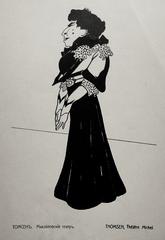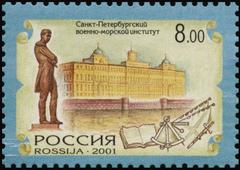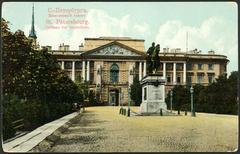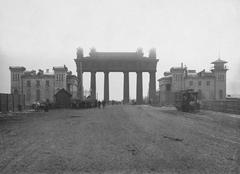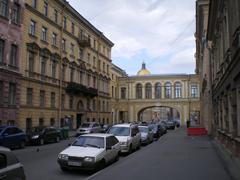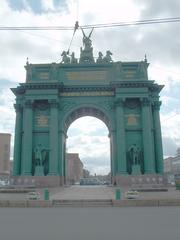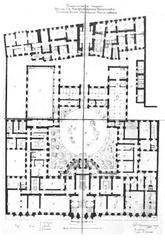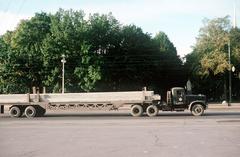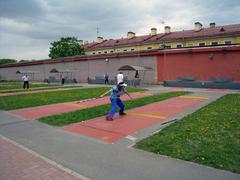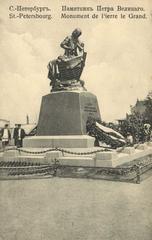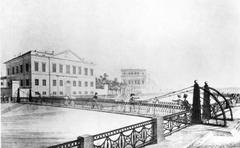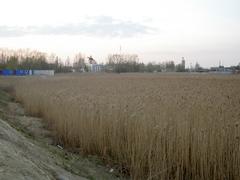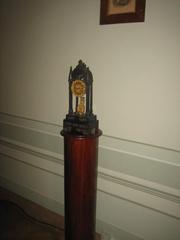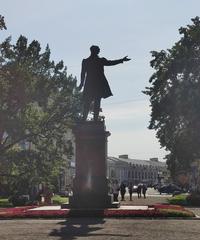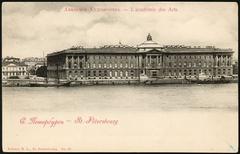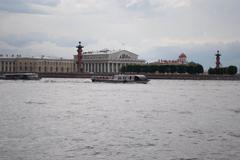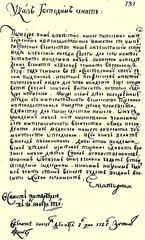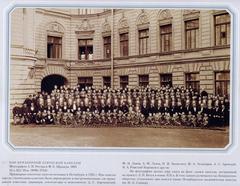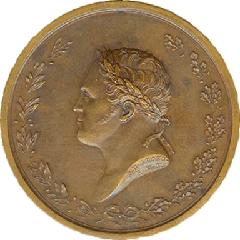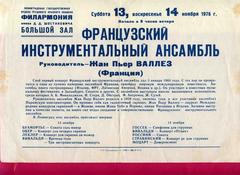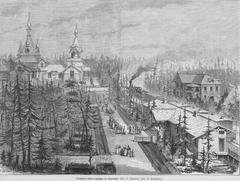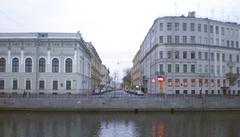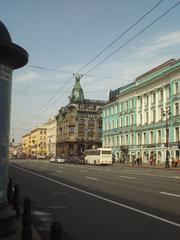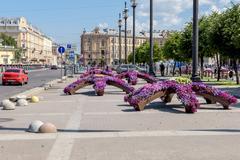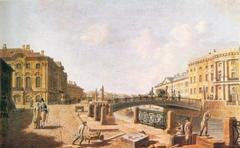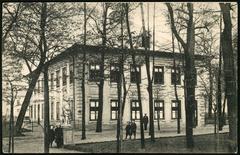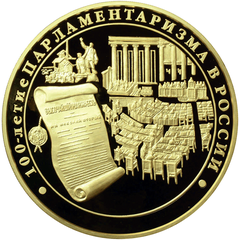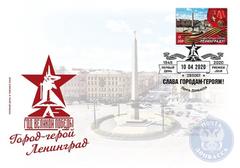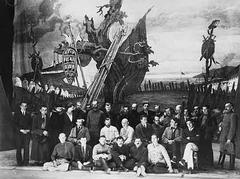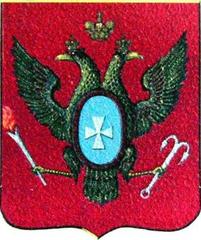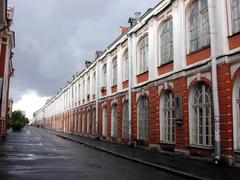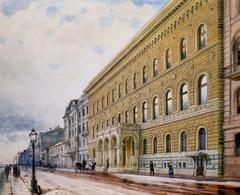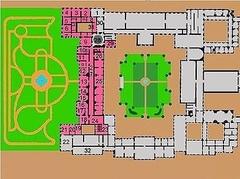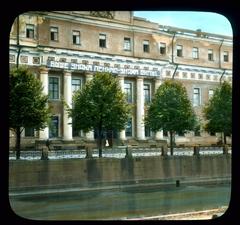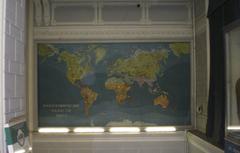
Museum of Political History of Russia Saint Petersburg: Visiting Hours, Tickets, and Complete Visitor Guide
Date: 04/07/2025
Introduction
The Museum of Political History of Russia in Saint Petersburg is a premier destination for those seeking to understand the complexities of the nation’s political evolution. Situated in the heart of the city and housed within two remarkable Art Nouveau mansions—the former residences of ballerina Matilda Kshesinskaya and timber merchant Baron V. Brandt—the museum boasts a collection of over 500,000 artifacts. These include original documents, photographs, personal effects of key political figures, and multimedia installations that chronicle Russia’s journey from the imperial era through the revolution, the Soviet period, and into the present day. With its balanced and nuanced exhibitions, accessible facilities, and excellent educational programs, the museum is an essential stop for both history enthusiasts and casual visitors. Its central location, near landmarks such as the Peter and Paul Fortress and the Hermitage Museum, further enhances its appeal (official museum website, Lonely Planet).
Table of Contents
- Introduction
- Museum Overview and Historical Background
- Architectural Significance
- Visitor Information
- Key Exhibits and Highlights
- Photography and Visitor Policies
- Frequently Asked Questions (FAQ)
- Visuals and Media
- Conclusion
- Call to Action
- Summary and Final Recommendations
- References
Museum Overview and Historical Background
Established in 1920 as the State Museum of the Revolution, the museum originally focused on the events of the Russian Revolution and the subsequent political changes. In 1957, it moved to its current location on Kuybyshev Street, occupying the mansions of Kshesinskaya and Brandt. Following the dissolution of the Soviet Union in 1991, the museum broadened its scope and was renamed to reflect all of Russia’s political history, presenting an honest and critical perspective from the late 18th century to the present (official museum website, st-petersburg-essentialguide.com).
The collection encompasses a multitude of eras and political movements, reflected in displays of documents, posters, photographs, and personal items belonging to notable figures.
Architectural Significance
The museum’s primary venue, the Matilda Kshesinskaya mansion, is an outstanding example of Russian Art Nouveau, designed by Alexander von Hohen and completed in 1906. Its asymmetrical composition and use of granite, brick, and decorative details make it a standout in St. Petersburg’s architectural landscape. The adjacent Brant mansion, constructed between 1909 and 1910, complements the ensemble. Both buildings have witnessed pivotal historical events, including speeches by Lenin in 1917 (Guide For You).
Visitor Information
Opening Hours
- Monday to Saturday: 10:00 AM – 6:00 PM
- Thursdays: Open until 8:00 PM
- Closed: Sundays and select public holidays
- Last Admission: One hour before closing
Note: Hours may vary for special events or maintenance; always check the official website before your visit.
Ticket Prices (2025)
- Adults: 400–500 RUB
- Students, Seniors, Children: 200–250 RUB (valid ID required)
- Family & Group Discounts: Available
- Special Exhibitions: May require additional tickets
Tickets can be purchased on-site or online; booking in advance is recommended during peak seasons.
Accessibility
- Wheelchair Access: Ramps and elevators for most areas; some historic rooms may have limited access
- Restrooms: Accessible facilities available
- For Visitors with Disabilities: Tactile exhibits, Braille labels, and trained staff assistance
- Family Facilities: Stroller-friendly, with a free cloakroom
- Audio Guides: Available in multiple languages
Guided Tours and Special Events
- Languages: Russian (standard), English and others by arrangement
- Themes: Russian revolutions, Soviet era, key political figures
- Booking: Advance reservation recommended, especially for English tours
- Educational Programs: Interactive workshops and lectures for groups, students, and families
Travel Tips
- Arrive on weekday mornings or late afternoons for fewer crowds
- Combine your visit with the Peter and Paul Fortress or nearby attractions
- Allow 2–3 hours for a thorough visit; history buffs may wish to stay longer
- Comfortable footwear is recommended due to the museum’s size and historic flooring
Key Exhibits and Highlights
- “Man and Power in Russia in the 19th–21st Centuries”: Traces political life through documents, personal effects, and multimedia
- Lenin’s Office and Memorial Room: Preserved as during Lenin’s time (Lonely Planet)
- Artifacts from the Decembrist Uprising (1825) and the People’s Will movement
- Soviet-era Memorabilia: Propaganda, party cards, NKVD and KGB artifacts, items from daily Soviet life
- Berlin Wall Fragment: Symbolizing the end of the Cold War
- Documents of Global Significance: Including decrees by Napoleon, correspondence from Gorbachev, and the camera used during the 1991 coup
- Temporary Exhibitions: Covering the KGB, women in politics, and political dissent
Photography and Visitor Policies
- Photography: Non-flash photography is allowed in most areas; some temporary exhibitions may restrict photography
- Bags and Security: Large bags must be left at the cloakroom
- COVID-19 Measures: Masks and social distancing recommended; hand sanitizers available; check website for updates
Frequently Asked Questions (FAQ)
Q: Are children allowed?
A: Yes, the museum is family-friendly and offers educational programs suitable for older children.
Q: Is the museum wheelchair accessible?
A: Most areas are accessible; a few historic rooms may have limited access.
Q: Are guided tours available in English?
A: Yes, with advance booking.
Q: Can I buy tickets online?
A: Yes, especially recommended during busy periods.
Q: Is photography permitted?
A: Non-flash photography is generally allowed; check for restrictions.
Visuals and Media
Explore high-resolution images, virtual tours, and interactive maps on the museum’s official website for a preview of the exhibits and architectural features.
Conclusion
The Museum of Political History of Russia is a cornerstone of Saint Petersburg’s cultural landscape, offering an in-depth and engaging exploration of the forces that have shaped modern Russia. With world-class collections, immersive exhibits, and a commitment to accessible, balanced storytelling, this museum is an essential destination for anyone seeking to understand Russia’s past and present. Plan ahead for a rewarding visit, and take advantage of guided tours or audio guides for the best experience.
Call to Action
Plan your visit today! Check the latest opening hours, book tickets in advance, and explore the museum’s educational offerings. Download the Audiala app for exclusive audio guides and stay updated via the museum’s social media channels.
Summary and Final Recommendations
The Museum of Political History of Russia is a vital institution that captures the intricate political tapestry of the nation. Through its impressive architecture, vast collections, and informative programming, it provides visitors with a profound understanding of Russia’s transformation across centuries. Its central location, accessibility, and visitor-friendly services make it suitable for scholars, families, and tourists alike. For the most enriching experience, consult the museum’s website for current hours and events, book tours in advance, and explore nearby historical sites during your stay (Guide For You, StPetersburg4You).
References
- Museum of Political History of Russia: official website
- St Petersburg Essential Guide – Museum of Political History of Russia
- Guide For You Russia – Museum of Political History
- Guide For You Russia – The State Museum of the Political History of Russia
- Lonely Planet – Museum of Political History of Russia
- StPetersburg4You – Military and Political History of St. Petersburg



